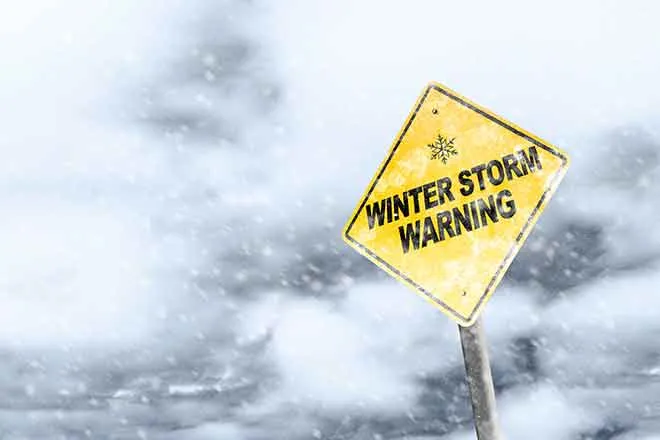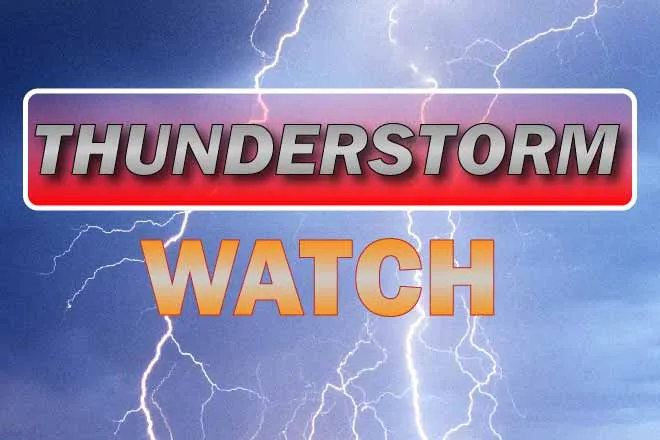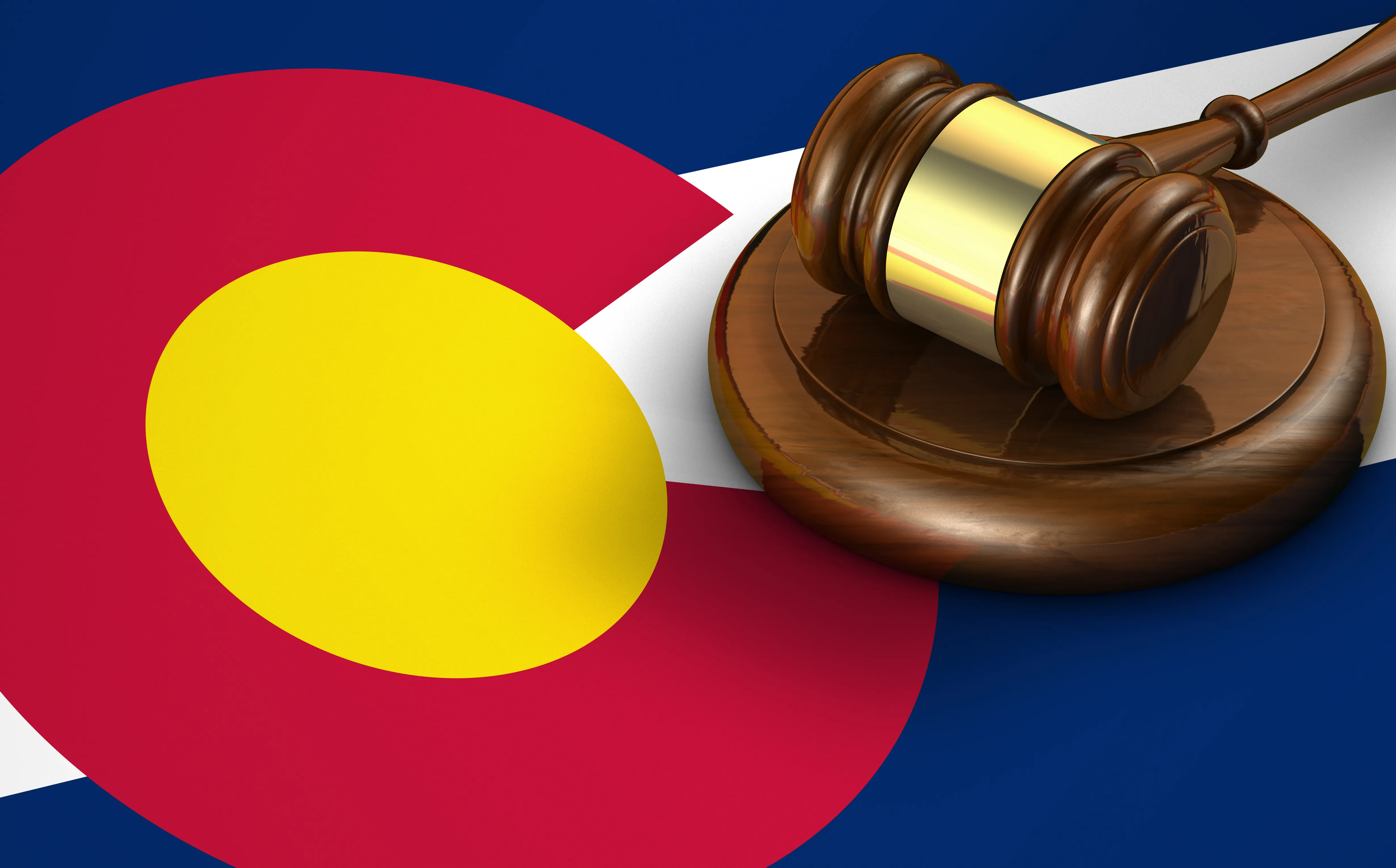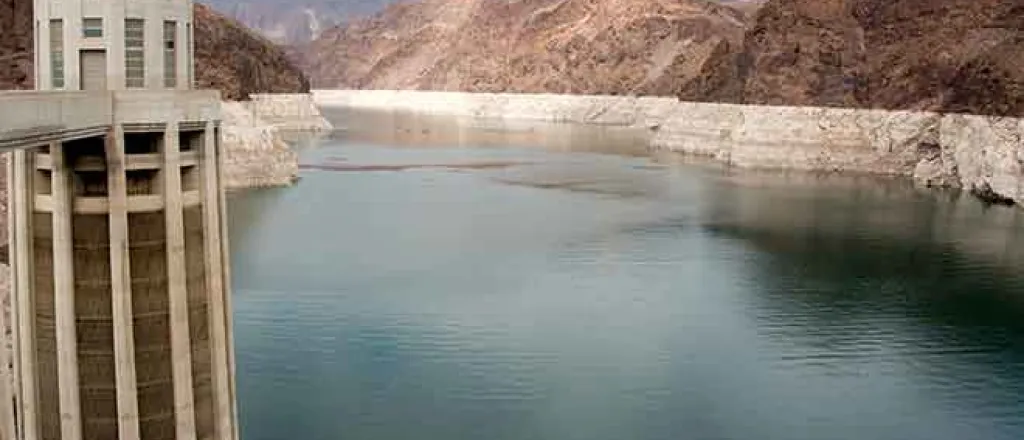
Lake Mead in for a painful summer after dry winter
Lake Mead’s infamous bathtub ring is expected to get bigger this summer as low snowpack levels in the Rocky Mountains choke the reservoir’s biggest source of water – the Colorado River.
Snow melt from the Rocky Mountains contributes about 85% of the total water flow in the Colorado River, but those flows will likely be lower than usual this summer, according to federal data.
Across the Rocky Mountains the snow season had a strong start, then came one of the driest winters on record, followed by rapid snow melt that bodes poorly for river flow in the summer.
Mountain ranges across the Rockies didn’t reach peak snowpack in April, and only hit about 63% of average peaks.
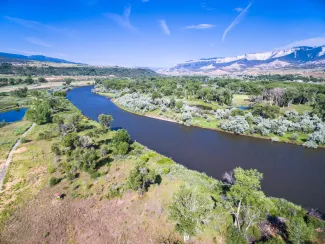
With less snow, runoff into Lake Powell is expected to be cut nearly in half this year, according to the Colorado Basin River Forecast Center. Water levels in Lake Powell, the nation’s second largest reservoir, directly impact Lake Mead because streamflow to Lake Powell is eventually released to Lake Mead.
Combined storage in Lake Powell and Lake Mead is down 920,000 acre-feet from this time last year, or enough water to supply about 1.8 million single-family homes for a year.
A “dreadful winter” means a high likelihood of “extreme and exceptional drought” is in store for areas of Southern Nevada, according to the Nevada Water Supply Outlook prepared by the U.S. Department of Agriculture’s Natural Resources Conservation Service.
“In 2023 it was a great runoff year with a really big snow pack. But we’re not going to see anything like that this year,” said Jeff Anderson, a USDA hydrologist and water supply specialist.
Water supply estimates for the seven Colorado River Basin states were reduced in April after rapid and early snowmelt wiped out snowpack in the region.
Rapid snow melt across Utah, Colorado, and New Mexico, pushed some basins from above-average snowpack to snow drought conditions in under a month, with snow disappearing up to four weeks early, according to the U.S. Drought Monitor.
“The snow pack has melted much quicker than normal,” Anderson said. “It dropped much quicker than the normal drops.”
“Oftentimes the snow packs don’t start to melt as early as they started this year. It’s like a locomotive. Once the snow pack absorbs enough energy from the sun and from the temperature and starts to melt, it’s very difficult to stop that process,” he said.
As snowpack melts, it recharges ecosystems and replenishes reservoirs that provide drinking water for millions of people and irrigation water for millions of acres of farmland. But early melt means water leaves the region before the summer when it’s most needed. The quicker snow melts the more likely it is to evaporate too.
Less snowmelt making its way to the Colorado River is part of a larger trend. Colorado River streamflow has shrunk by about 20% since 2000, with further declines projected due to climate change.
Stalled talks and a problematic pipeline
The seven Colorado River Basin states that depend on the river’s water are currently working on setting rules for sharing a dwindling water supply after 2026, when current operating guidelines are set to expire.
But negotiations over water allotments in the country’s two largest reservoirs, Lake Powell and Lake Mead, have stalled.
Two consecutive winters with robust snowpacks gave states that rely on the Colorado River a few more years of stability, but with a dismal water year approaching tensions appear to be growing.
Colorado River negotiators — one from each of the seven states that use Colorado River water — will not be speaking at a major water law conference in June, despite having appeared together at the conference for the last few years.
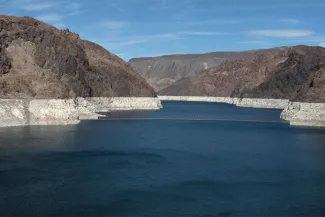
Lake Mead on the Colorado River in Nevada as seen from the Hoover Dam. Courtesy Waycool27
That divide has come up at the other annual appearances, too. In December, negotiators opted to split into two separate panels at the Colorado River Water Users Association conference in Las Vegas after appearing together for years.
The two camps – the Upper Basin states of Colorado, Utah, Wyoming and New Mexico, and the Lower Basin states of California, Arizona and Nevada – have been at an impasse since March after submitting two competing proposals for managing the river.
One of the biggest sticking points between the two basins is whether or not Upper Basin states should absorb mandatory water cuts during dry years, despite using significantly less than their 7.5 million acre-feet Colorado River allocation year-after-year.
Historically, Lower Basin states have used nearly all their 7.5 million acre-feet Colorado River allocation under the 1922 Colorado River Compact, while Upper Basin states use about 4.5 million acre-feet annually, significantly less than their total allocation.
Lower Basin states argued all seven states should share water cuts during dry years under the new post-2026 guidelines. If they don’t, downstream states warned they could face water cuts they can’t feasibly absorb.
If the states can reach an agreement by May, then the U.S. Bureau of Reclamation can consider the proposal as part of its longer process. In the absence of a seven-state agreement on how to manage the basin’s water supply, the Bureau of Reclamation would move forward with its own management options.
Bronson Mack, a public outreach coordinator for the Southern Nevada Water Authority, said Nevada’s Colorado River negotiator, John Entsminger, is actively attending closed-door meetings and working towards compromise. However, details from those meetings have been scant.
Another fissure among states appeared after House Republicans approved a last-minute amendment to sell off nearly 11,000 acres of public land in Utah that appears to follow the pathway of the planned Lake Powell pipeline, a decades-long and highly controversial attempt by Utah to pipe water from Lake Powell.
In a joint statement, U.S. Representatives Greg Stanton (D-Ariz.) and Susie Lee (D-Nev.) said they were “alerted by Arizona and Nevada water managers that the public land to be sold in Utah could be used to develop” the controversial water pipeline from Lake Powell to Washington County, Utah.
The office of Utah Republican Rep. Celeste Maloy – who proposed the amendment – denied the allegation, as did the Washington County Water Conservancy District, which pointed to a detailed list of intended uses for the proposed land disposal, including water projects, public infrastructure, housing, recreation and an airport expansion.
That reasoning doesn’t fly with some of the state’s public land and environmental advocates, including Kyle Roerink, executive director of the Great Basin Water Network.
“There are quite a few striking similarities,” Roerink said. “We believe that this is much more than a coincidence.”
The project has yet to clear several federal hurdles, and needs a new environmental impact statement — officials in the area say the project is no longer a priority.
Roerink noted that Utah officials have also not ruled out the Lake Powell Pipeline and have continued to pursue the paper water rights that the pipeline would feed.
“This throws an even bigger wrench in a situation that is already rife with conflict, and it underscores that some states continue to believe that water exists, when in reality, we all know it doesn’t,” Roerink said.





